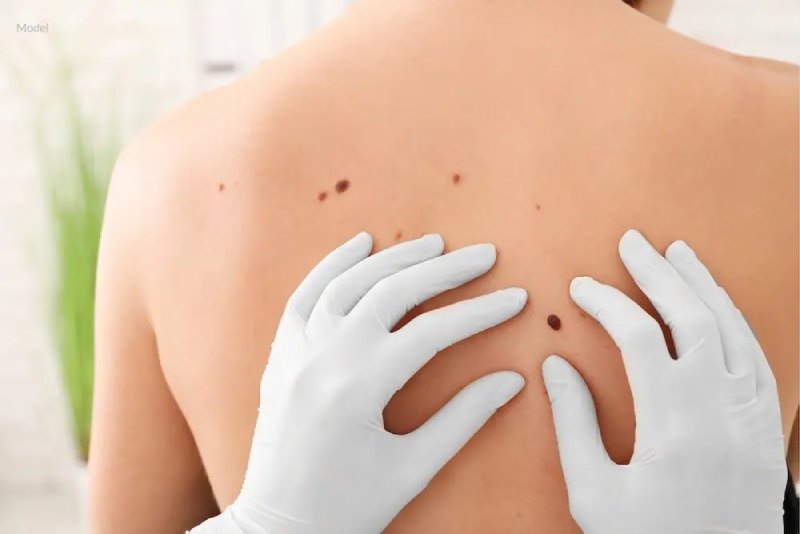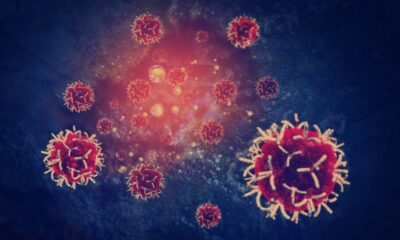People start spending more time outside as springtime lengthens and summer draws near, particularly in Colorado where there are 300 days of sunshine annually.
It is important to exercise caution when absorbing the sun’s rays because it is the primary cause of melanoma skin cancer. Associate professor of dermatology at the CU School of Medicine and member of the University of Colorado Cancer Center Theresa Pacheco, MD, provides the following advice regarding sun safety:
Recognize Elevation
In Colorado, people need to be extra cautious about how much sun they get. Denver is 5,280 feet higher than sea level, making it 5,280 feet closer to the sun. You benefit from five percent more sun exposure for every 1,000 feet above sea level. Compute the effects of solar exposure on persons in Denver and people at sea level, and you will find that the effects are 25% greater.
Minimize the amount of time you spend in the sun
We now know that exposure to sunshine increases the body’s synthesis of vitamin D, which is crucial for a healthy immune system. However, to increase your vitamin D levels, you simply need to spend 5 to 30 minutes a day in the sun, without sunscreen, most days of the week.
Recognize SPF
The secret to using sunscreen effectively is to use SPF 30. It filters out 97% of the sun’s light.
Understand when to use a screen
Based on your risk, have a skin cancer screening every 1-2 years. Your primary care physician can do the test and provide you with personalized risk assessment.
Recognize the signs
A skin lesion that does not go away or a changing mole are the most common indicators of skin cancer. Get in touch with your dermatologist or primary care physician if you discover anything questionable. Examining the lesion, they can determine whether a biopsy is necessary.
Cut down on your risk
Use umbrellas, hats, clothes, sunscreen, and shade to protect your skin. Individuals with red hair and freckles, those with many moles, those who spend or have spent a lot of time in direct sunshine, and those who use or have used tanning beds are among those who are more susceptible to developing cancer from sun exposure.

 Diabetology2 weeks ago
Diabetology2 weeks ago
 Diabetology2 weeks ago
Diabetology2 weeks ago
 Diabetology1 week ago
Diabetology1 week ago
 Diabetology3 days ago
Diabetology3 days ago







